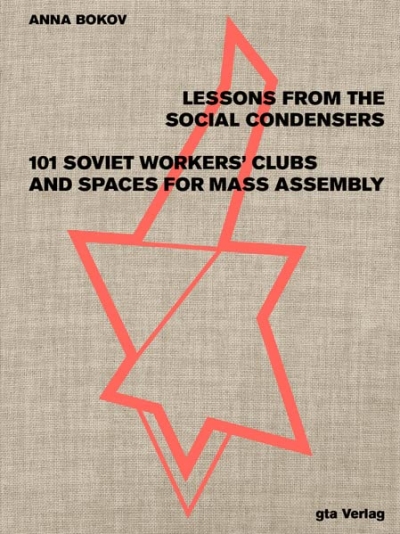
Lessons from the Social Condensers. 101 Soviet Workers’ Clubs and Spaces for Mass Assembly
Coined by Soviet architects in the 1920s, the term “social condenser” came to signify the agency of architecture not only in shaping individual behaviors but also in reforming society at large. The buildings and projects conceived as structures for public assembly according to these ideas are some of the earliest radical architectural experiments of the modern movement. Despite their indisputable impact on the canonized history of modernism, there has been little insight into this considerable body of architectural work until recently.
The 101 case studies presented here reflect the wide reach of early Soviet social condensers, from agitation installations to workers’ clubs, palaces of culture, and mass action theaters spread from Europe to Siberia. These projects serve as precedents for how architecture can activate social collaboration and human interaction but also as a cautionary tale of utilizing architecture as an instrument of social control.










